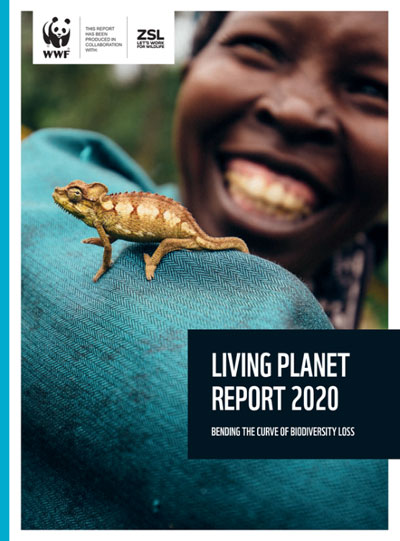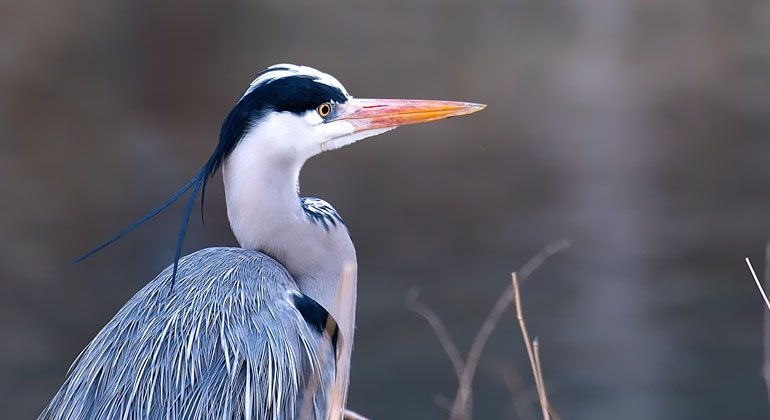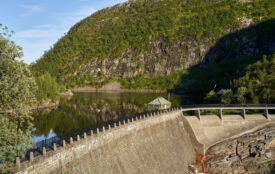Reversing the Loss of Biodiversity: Researchers Present Ambitious Plan
The rapid extinction of animal and plant species could be reversed by 2050 – by doing two things: Investing in better land-use management and transforming agriculture and the food industry.
A new study by an international team of scientists, including Hermann Lotze-Campen, Alexander Popp, and Florian Humpenöder from the Potsdam-Institute for Climate Impact Research, lays out what it will take to reverse the current alarming trends of biodiversity loss – without endangering other important Sustainable Development Goals set by the United Nations General Assembly.

“At the UN Biodiversity Conference in Sharm El-Sheikh in 2018, the international community agreed on reversing the global destruction of nature and biodiversity loss. Yet, the outlook remains grim: Over one million plants and animals species are currently threatened by extinction with many species disappearing because of human pressure on the planet,” explains co-author Hermann Lotze-Campen, head of PIK’s Climate Resilience Research Department. “To actually bend the curve of biodiversity loss by the year 2050, it will take an enormous effort.” A concrete plan on how to get there has now for the first time been detailed in the latest issue of Nature as part of the World Wide Fund for Nature (WWF) Living Planet Report.
Protecting land and transformingagriculture
Based on multiple models and scenarios, the researchers, led by David Leclère from the International Institute for Applied Systems Analysis, found that the global share of protected areas in the total land area would need to increase from 15.5 percent in 2010 to 40 percent in 2050. At the same time, degraded land would have to be restored, eventually reaching 8 percent of terrestrial areas. But bold conservation and restoration efforts alone are not enough to reverse the loss of biodiversity. As co-author Florian Humpenöder adds “a sweeping overhaul of the food system must take place – including a significant reduction of food waste, a push for more sustainable intensification in agriculture, and a reduction of the share of animal products in our diets.”
The findings are thus likely to inform to UN’s post-2020 Global Biodiversity Framework and its vision of “Living in harmony with nature” by 2050. “Biodiversity still faces the overarching and interconnected threats of climate change, invasive species, and unsustainable hunting practices which have to be addressed,” says co-author Alexander Popp, Head of the Land-use Management Group at PIK. “But land use and a reform of our food system are key conditions for an effective pathway to recovery.”
- Article: Leclere D, Obersteiner M, Barrett M, Butchart SHM, Chaudhary A, De Palma A, DeClerck FAJ, Di Marco M, et al. (2020). Bending the curve of terrestrial biodiversity needs an integrated strategy. Nature. DOI: 10.1038/s41586-020-2705-y








